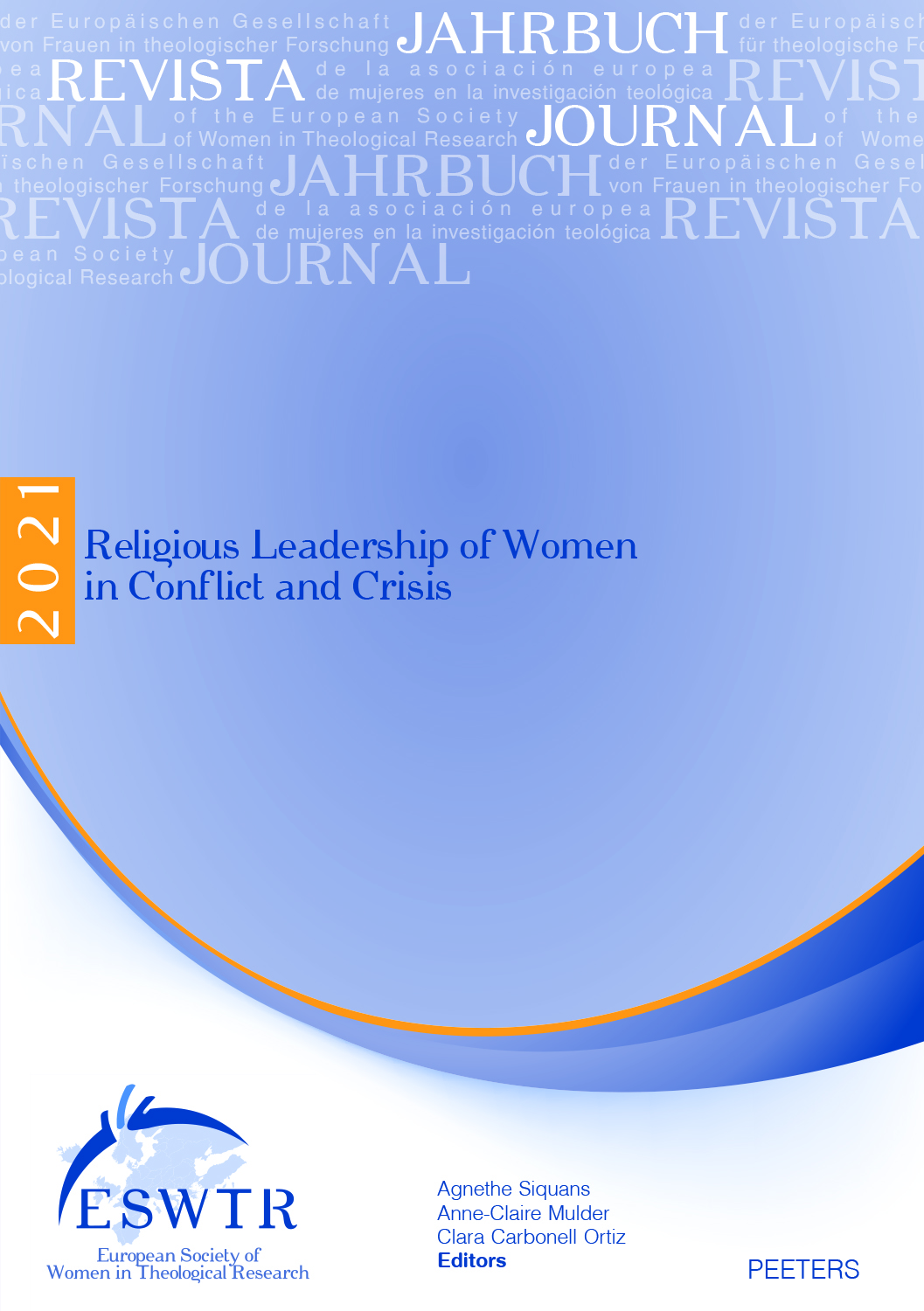 previous article in this issue previous article in this issue | next article in this issue  |

|
Document Details : Title: Die Frauenbewegung in der Türkei Author(s): DURAN ÖZSOY, Nuriye Journal: Journal of the European Society of Women in Theological Research Volume: 17 Date: 2009 Pages: 165-181 DOI: 10.2143/ESWTR.17.0.2042667 Abstract : Der Beitrag bietet einen Überblick über die erste, zweite und dritte Welle der Frauenbewegung in der Türkei und betrachtet jeweilige religiöse Implikationen dieser Phasen. Er beginnt bei der Osmanischen Frauenbewegung, deren Anfänge auf das Ende der Tanzimat-Periode (Ende des 19. Jh.) zurückzuführen sind, führt über die Entwicklung von Frauenrechten während der Kemalistischen Reformen über die Unruhen nach den 70er Jahren und dem Putsch vom 12. September 1980 bis in die Gegenwart. In ihr diagnostiziert die Autorin eine starke und engagierte türkische Frauenbewegung, die in vieler Hinsicht hoffnungsvolle Aufbrüche verspricht. Insbesondere die Debatte um das Kopftuch zeigt, dass dabei ein neues, stark von Frauen bestimmtes islamisches Selbstbewusstsein entsteht, das eine eigenständige Position für sich in Anspruch nimmt. This contribution provides a review of the first, second and third stages of the women’s movement in Turkey and examines the religious implications specific to each phase. It starts with the Ottoman women’s movement, the beginnings of which can be traced back to the end of the Tanzimat period (end of the 19th century), and continues with the development of women’s rights during the Kemalist reforms, the disturbances after the 1970s and the putsch of September 12th 1980 though to the present. In this development, the author recognises a strong, committed Turkish women’s movement promising hopeful new beginnings in many respects. Especially the debate about headscarves demonstrates that a new Islamic self-confidence is coming into being that is strongly influenced by women and claims to exist in its own right. En este artículo se resumen las tres olas del movimiento de mujeres en Turquía y se analizan las implicaciones religiosas de las mismas. La primera fase la constituye el movimiento de mujeres osmanas, que surgió al final del período del Tanzimat (a finales del siglo XIX); luego se analiza la situación de los derechos de la mujer en el período de las reformas kemalistas, pasando luego por los desórdenes después de los años 70 y el golpe del 12 de septiembre de 1980, hasta llegar al presente. La autora diagnostica un fuerte movimiento de mujeres turcas muy comprometido, y muy prometedor desde varios puntos de vista. En especial el debate sobre el velo demuestra que está surgiendo una nueva autoconsciencia islámica acuñada por las mujeres y que reclama ser reconocida como algo autónomo. |
 |
